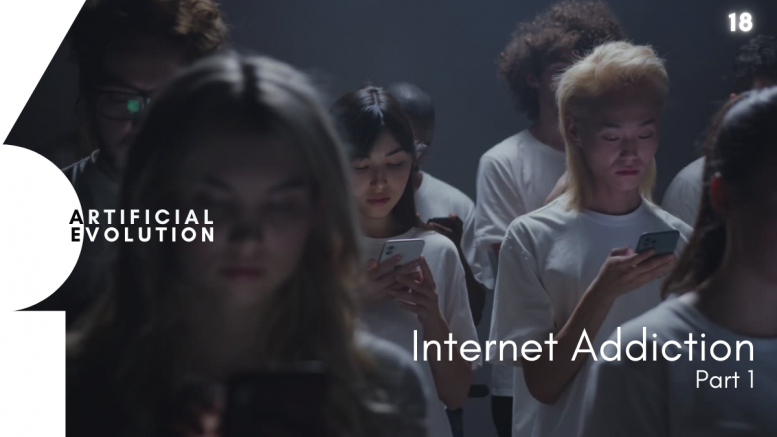Author’s note: This is a serious subject. The uptick of screen time over the past 18 months cannot be ignored. From infants to senior citizens, the usage/need for content consumption increased by over 30% on average in just over a year and a half. To put it in perspective, our ice caps have melted by 30% – In 50 years.
So this is serious.
According to a Guardian Report, Professor Lembke of the Stanford University’s Dual Diagnostic Addiction centre:
“Our smartphones are making us into dopamine junkies”
What is it?
Internet addiction is a broad term that encompasses a wide range of behavioral and impulse control problems related to the Internet, personal computers and mobile technologies. The notion of an Internet addiction disorder was presented by Ivan K. Goldberg in 1995 as a joke and a parody of the complexity and rigidity of the Diagnostic and Statistical Manual of Mental Disorders of the American Psychiatric Associations (APA). In his first narrative, he describes the disorder as symptoms of “important social and professional activities to reduce Internet use, fantasies and dreams about the Internet, and voluntary or involuntary finger tapping or moving.
Like Dogecoin, what started as a joke became a global narrative.
Internet addiction disorder has taken over as the main culprit for the technology addiction with the explosion of the digital age. Researchers now accept that internet addiction is a subset of technology dependency in general. The name refers to a concentration or coercion of the Internet and other areas of media dependence
“How did we get here?”
Back in the earlier 2000s, TVs had become mainstream and every kid my age had a similar schedule. School, back home, watch some SwatKats & Tom & Jerry – go play for a bit and watch something that family wanted at night with dinner. Yes, some families had more than 1 TV, but often everyone congregated to main room for some “quality time”
As we grew older, we realised that our content consumption changed in three specific ways:
- Portability: Over time, although TV tech changed, we realised that four – five inches was enough for a lot of us to consume content. This gave impetus to the portable content consumption that wasn’t really a thing before the 2000s (except perhaps on portable gaming consoles like the GameBoy or the iconic 999 in 1 brick game). According to projections by Statista personal computing like tablets and laptops will be the larger chunk of sales for personal content consumption.
- Internet accessibility: After the price disruption of JIO, every other telecom company in India was forced to either reduce or match the pricing of aforementioned. With practically unlimited internet available for less than 500 INR at the start, Reliance’s predatory pricing approach made them the largest telecom company in India (by active subscribers).
- Access to media: When you step out for a drive in a metro or a tier 1 city, chances are the hoardings and OOH ads you see often for OTT platforms, shows or movies. The billions of dollars each platform spends on developing, promoting and creating long term fans for itself has become a mainstay. It was difficult to watch a series like SquidGame back in the day unless StarWorld or ZeeCafe felt charitable or if you knew your way around Torrent engines.
Do I have it?
Just because you use the internet a lot, watch a lot of YouTube videos, shop online and like to check social media doesn’t mean that you suffer from an internet addiction. If you suffer from an internet addiction disorder, it can affect your relationships with other people, work life, finances and school life.
Most people who abuse alcohol or drugs have a predisposition to become addicted to the internet most of the time because it serves as a way of escaping reality. A study by the universities of Swansea and Milan has shown that internet addicts who stop using computers have similar withdrawal symptoms to drug addicts.
What does all of this mean, though?
Today’s use of the Internet and computers is deeply rooted in today’s society and is changing the way we live our lives faster than any other technological medium. Part of this convenience allows us to stay connected and present when alarms ring or ring, identify incoming texts, emails or breaking news. But when we reach for our smartphones without thinking about how to stay connected, we drift away.
Next week we discuss part II of this piece. We’ll discuss the projections of how digital and internet addiction evolves over time and how one can take one or more of five steps to guide our own and the lives of people we know away from addiction.
Stay curious. Stay secure.
See you next week!
The views and opinions published here belong to the author and do not necessarily reflect the views and opinions of the publisher.



Be the first to comment on "Internet Addiction: Part 1"